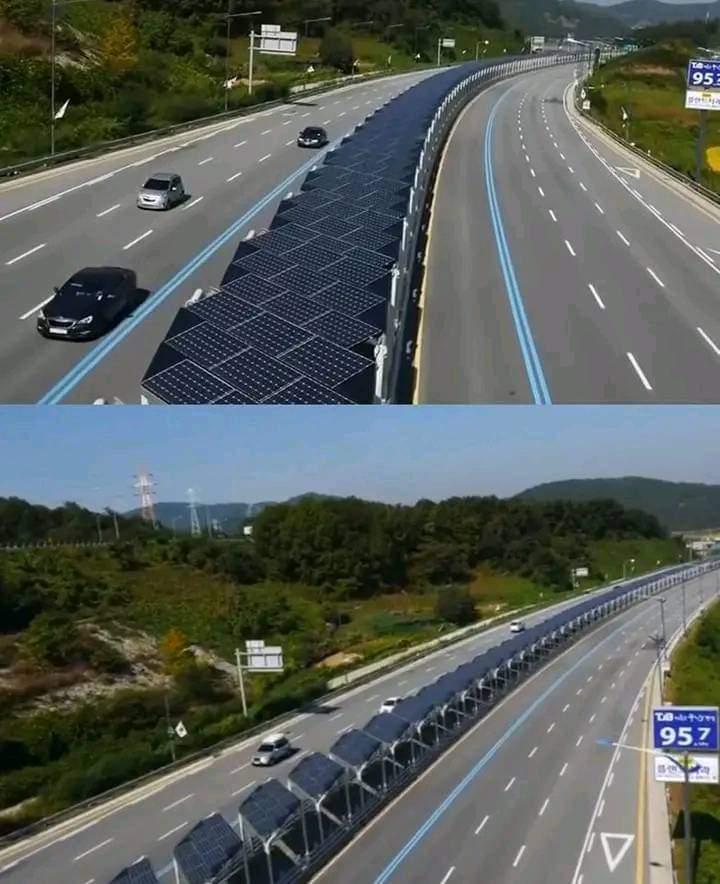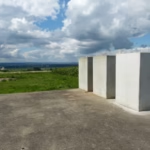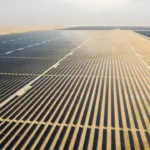Imagine a bike highway that not only shields cyclists from the sun but also generates electricity—sounds futuristic, right? South Korea has turned this concept into reality with its 20-mile (32 km) solar-powered bike path connecting Daejeon and Sejong. This groundbreaking project is as much about sustainability as it is about functionality, offering a glimpse into the future of green infrastructure.
A Unique Concept in Sustainable Transportation
The bike highway is located in the center of a busy six-lane road, an unconventional placement that somehow works seamlessly. Much like the $3.7 million SolaRoad in the Netherlands—a 230-foot stretch of solar panels that powers highway lighting—this South Korean initiative is a triumph for renewable energy.
According to Fast Company , the solar panels lining the bike path generate more than enough electricity to power the highway’s lighting system and electric vehicle charging stations.
However, there’s a key difference between the two projects. In the Netherlands, cyclists ride directly on top of the solar panels, while in South Korea, they ride beneath overhead solar panels. Cyclists access the path through underground tunnels, which significantly enhances safety by allowing them to enter and exit without interacting with regular traffic.
Once on the route, cyclists are protected from vehicles on either side by barriers. While these barriers limit scenic views, they provide excellent sun protection, making the path comfortable even during hot summer months.
How It Works—and Its Benefits
This innovative bike highway does more than just connect Daejeon and Sejong; it does so in a safer, more efficient, and environmentally friendly way. The solar panels generate clean energy, reducing reliance on traditional power sources and contributing to South Korea’s green energy goals.
By integrating renewable energy generation into transportation infrastructure, the project highlights how roads can serve multiple purposes beyond simply facilitating travel.
That said, the design isn’t without its challenges. Critics point out issues such as noise pollution from the adjacent highway, potential health risks from vehicle emissions, and the possibility of drivers accidentally colliding with the barriers separating the bike lane from the road.
These concerns have sparked mixed reactions among the public. While some praise the idea as a forward-thinking step toward sustainable commuting, others argue that relocating the bike path to the side of the road might be a better solution.
A Glimpse Into the Future of Solar Roads
Despite the debate, this project underscores the untapped potential of our roads as platforms for renewable energy generation. For instance, China has also embraced this concept with its own solar highway in Jinan, the capital of Shandong province.
Spanning 1 kilometer, this solar road generates 1 GWh of electricity annually, enough to power 800 homes. This aligns with China’s ambitious goal of reaching 1,300 GW of solar energy capacity by 2050, part of its broader strategy to combat pollution and reduce carbon emissions.
Why This Matters
South Korea’s solar bike highway is more than just a novel idea—it’s a tangible example of how infrastructure can evolve to meet modern environmental challenges. By integrating solar technology into everyday structures like roads and bike paths, countries can make significant strides toward cleaner energy and reduced carbon footprints.
While the project may not be perfect, it represents a bold step forward in reimagining how we design and utilize transportation systems. Whether it inspires similar initiatives worldwide remains to be seen, but one thing is clear: the potential of solar-powered infrastructure is vast, and its role in shaping a sustainable future cannot be ignored.


